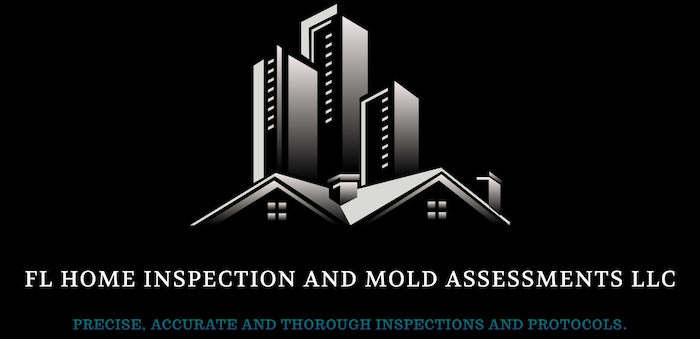Mold is common in homes and buildings, especially in humid climates like Florida. This glossary aims to educate you on the different types of mold and related terms to enhance your understanding and ability to deal effectively with potential mold issues.
Types of Mold by Color
- White Mold: Often found on overwatered plant soil and perishable items like bread and cheese.
- Green Mold: Commonly causes food spoilage and may appear on bricks and other surfaces.
- Pink Mold: typically appears in bathrooms and on food and can adhere to floors, walls, and ceilings.
- Black Mold (Stachybotrys chartarum): One of the most dangerous molds, known for its toxicity and ability to grow on walls and other building materials.
- Blue Mold: Particularly damaging to wooden structures and commonly found on wood.
- Gray Mold: Frequently grows on foods, plants, and seeds, impacting their integrity and appearance.
Common Molds and Their Health Implications
- Aspergillus: A large genus of molds that can cause respiratory infections, allergic reactions, and in some cases, produce mycotoxins that are harmful to humans.
- Cladosporium: Can be found both indoors and outdoors. It causes allergic reactions and has been known to exacerbate asthma.
- Penicillium: Known for causing allergies and respiratory problems, and some species produce mycotoxins.
- Alternaria: Commonly found in showers, on walls, or outdoors, this mold can cause allergic reactions and respiratory issues.
- Mucor: Typically found in soil, plant debris, and decaying fruits, posing risks, particularly to those with compromised immune systems.
- Trichoderma: Found in soil and on very damp surfaces, it produces enzymes that can destroy building materials and cause musty odors.
Health Risks of Mold Exposure
Mold exposure can have various health effects, from mild allergic reactions to serious respiratory infections. Some molds produce mycotoxins that can lead to severe health problems, including:
- Allergic reactions such as sneezing, red eyes, and skin rash.
- Respiratory problems, including asthma attacks and breathing difficulties.
- Immune system suppression leads to higher susceptibility to infections.
Preventing Mold Growth
Maintaining a dry and well-ventilated environment is key to preventing mold growth. Regular inspections and prompt repairs of water leaks and damp areas can help keep mold at bay.
When to Consult a Professional
If you suspect a mold problem, particularly one that covers a large area or is located in inaccessible places, it is advisable to consult a professional. They can conduct thorough inspections and recommend appropriate remediation strategies.
Stay Informed
Understanding the types of mold and their potential impacts on health and property is crucial, especially in climates prone to high humidity. Regular education and vigilance can help mitigate the risks associated with mold exposure.
Contact FL Home Inspections and Mold Assessments for more detailed information on mold remediation and inspection services. Our experts are here to ensure your home remains safe and healthy.

